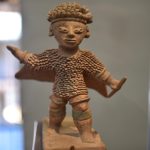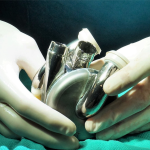The Accidental Voyage of 29,000 Rubber Ducks
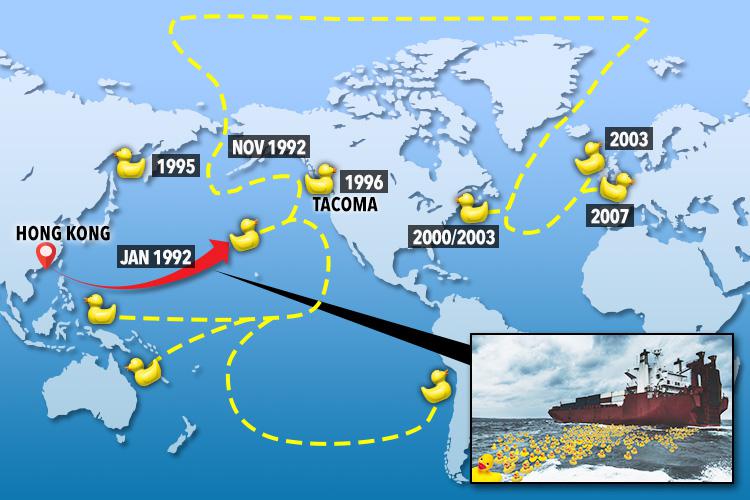
In January 1992, a seemingly ordinary shipping mishap transformed into one of the most unusual scientific experiments in modern history. The cargo ship Ever Laurel, caught in rough seas, lost a container overboard in the Pacific Ocean. Inside were 29,000 plastic bath toys — rubber ducks, beavers, turtles, and frogs — destined for store shelves. Instead, they began a decades-long journey across the world’s oceans.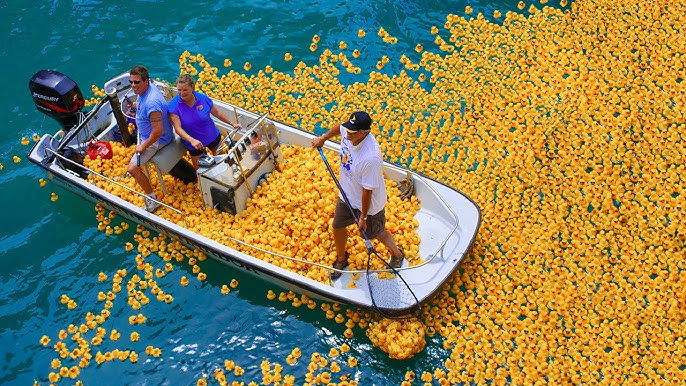
Months later, the first toys began to appear on the shores of Alaska, more than 3,200 kilometers from where they were lost. What could have been dismissed as maritime litter quickly caught the attention of oceanographers. They realized these toys, now nicknamed the “Friendly Floatees,” were not just debris — they were perfect markers to study the movement of ocean currents.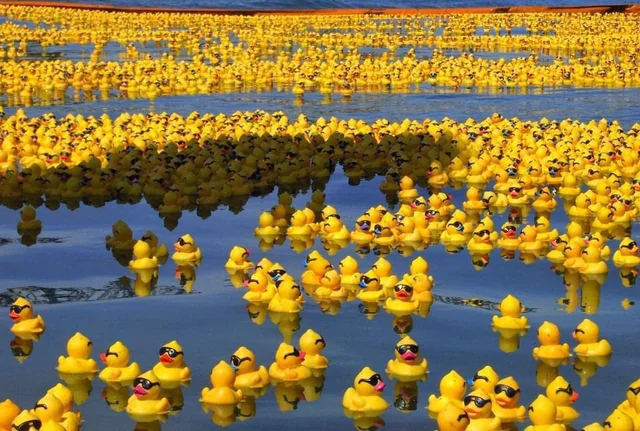
Over the years, reports of the traveling toys came from as far as Hawaii, Australia, and even Europe. Some had drifted across the Arctic ice and into the North Atlantic, proving links between ocean systems that scientists had only theorized before. Their unpredictable but traceable journeys provided rare, tangible data on how currents disperse objects, from pollutants to natural debris.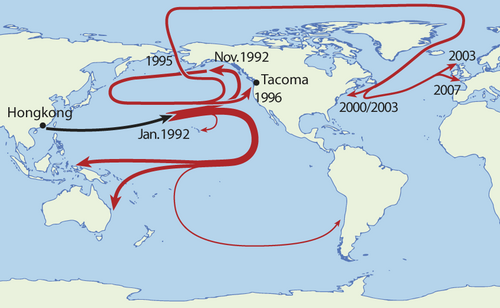
What began as an accident at sea became a groundbreaking natural experiment, helping researchers understand the invisible highways of our planet’s oceans. The story of the lost ducks is now legendary — a reminder that sometimes, science advances not only through deliberate experiments but also through unexpected accidents.
Even the humblest object, carried by the waves, can help unlock the secrets of the sea.



